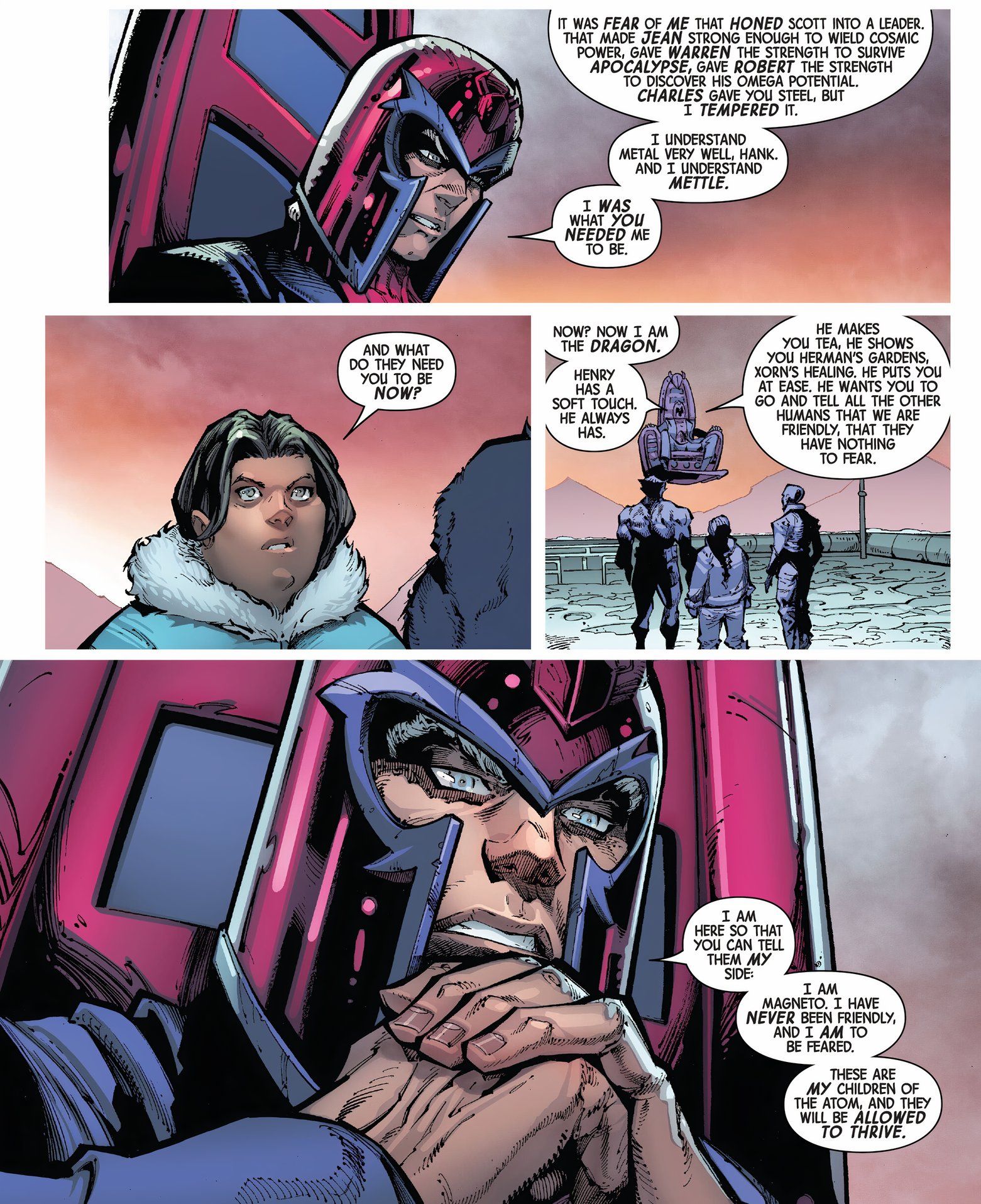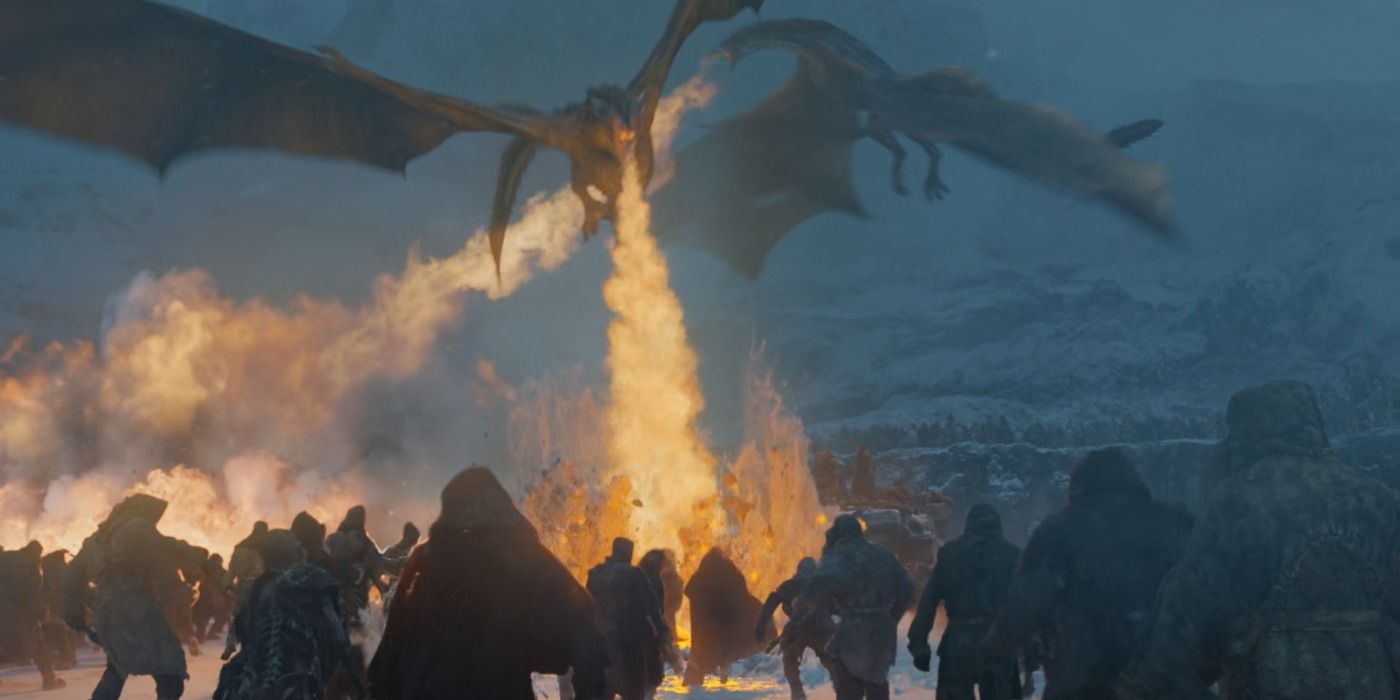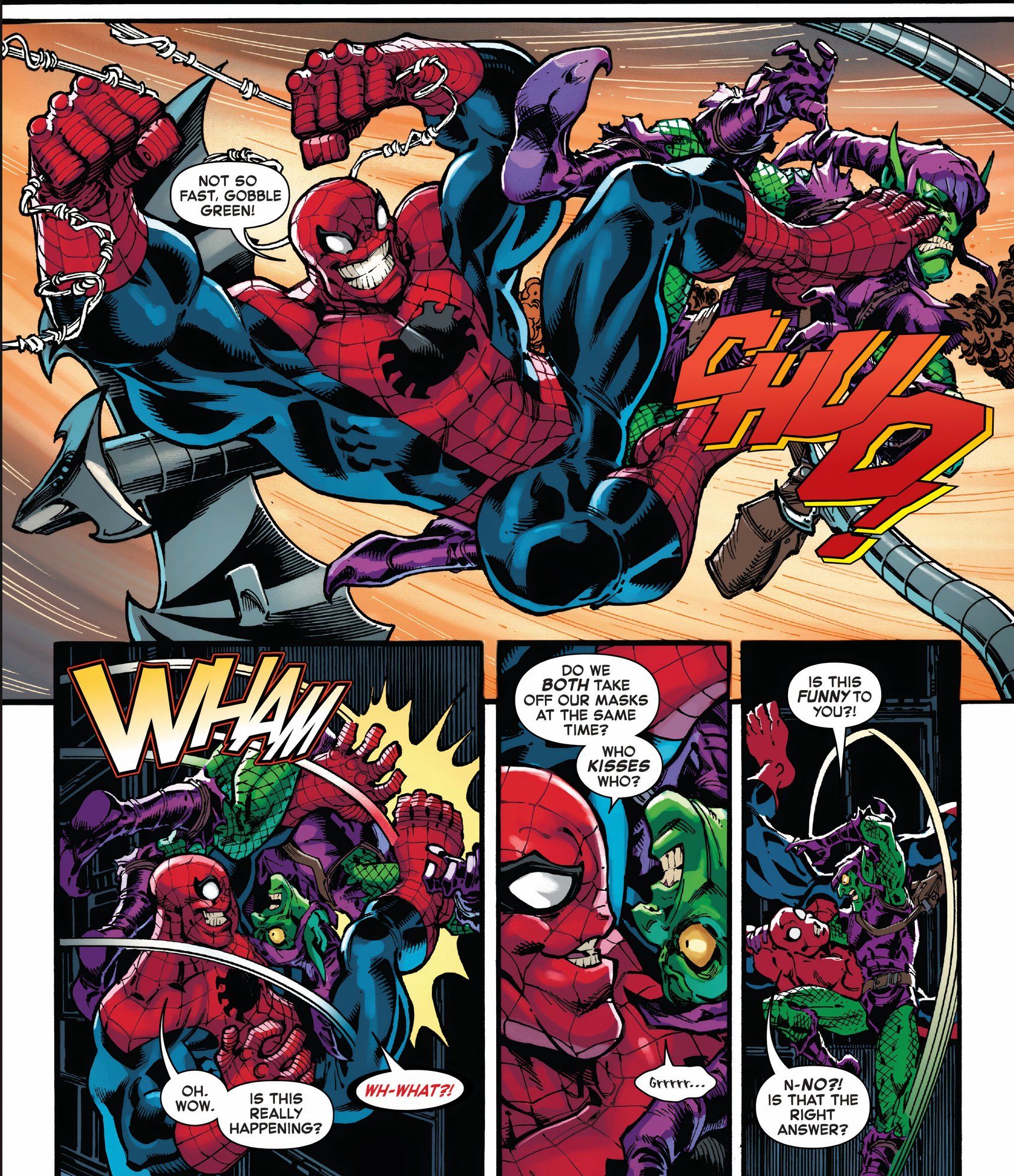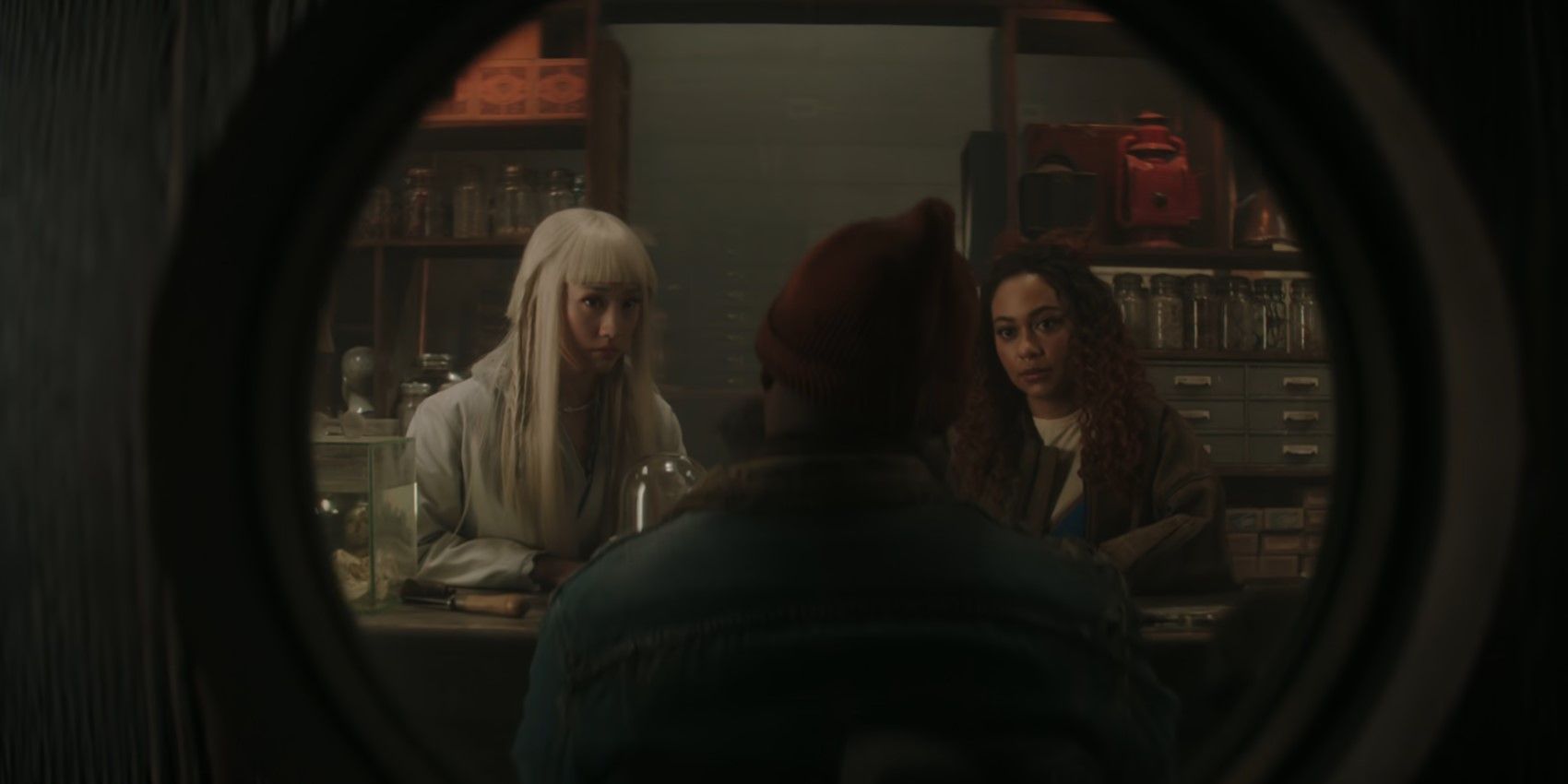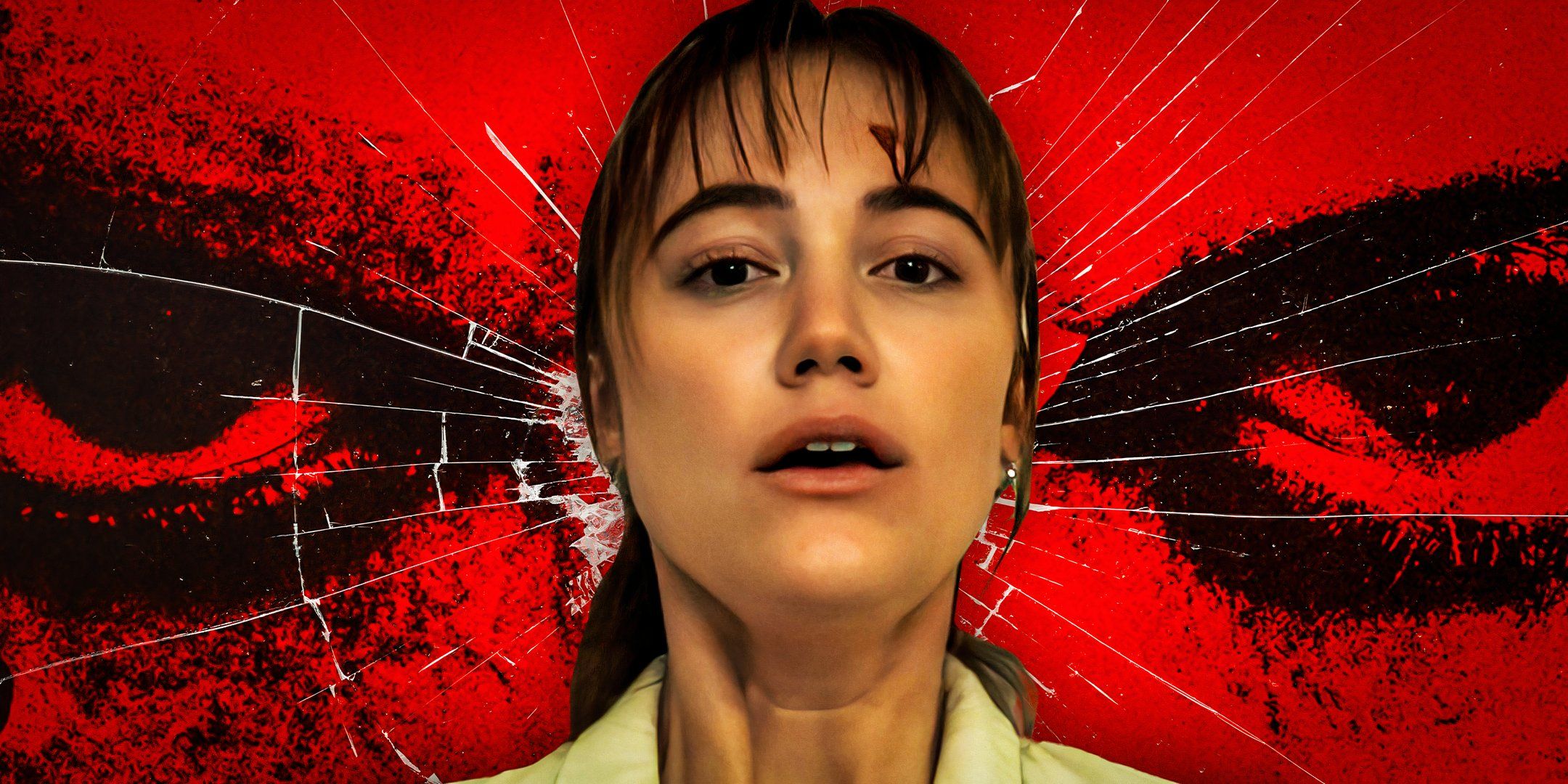Wes Anderson’s Asteroid City is at once a departure for the auteur director and a firm entry into his already-established cinematic language. Set in a fictional American desert town in 1955, Asteroid City tells the story of a Junior Stargazer convention that is derailed by a world-changing event. The film features all of the dry humor, unique aesthetics, and specific performances one might expect from Anderson, but also has a layered approach to storytelling and reflective nature that is harder to compare to his previous work.
One staple of Wes Anderson films is, of course, a star-studded cast. Anderson’s collection of collaborators expands with Asteroid City thanks to actors like Maya Hawke, who is well-known for her turn as fan-favorite Stranger Things character Robin Buckley. Hawke is also known for her work in Quentin Tarantino’s Once Upon a Time… in Hollywood, in which she played a character called Flowerchild. When asked about the difference between the directing styles of Anderson and Tarantino during a recent interview with Screen Rant, here’s what Hawke had to say:
Maya Hawke: What they share is specific vision, clarity of self-expression, excellent writing, and the joy of filmmaking. They also share a privilege of being one of the very few directors who have the budget, space, and opportunity to make art films on a grand scheme. That’s kind of what they have in common, but they’re very different. Wes is very monk-like and Quentin is very wild, and so their on-set energy is really different. But, fundamentally, they have the same goals that I think most auteurs have, and the same things in common, which is extreme passion for their work.
Maya Hawke is One of Few Actors to Have Worked with Both Directors
Thanks to Asteroid City, Maya Hawke has joined a very small club of actors who have collaborated with both Wes Anderson and Quentin Tarantino. Surprisingly, there is not much crossover at all between Wes Anderson’s frequent collaborators and Tarantino’s go-to performers. Outside of Hawke, the notable actors to appear in films by both directors include Bruce Willis, who acted in Tarantino’s Pulp Fiction and Anderson’s Moonrise Kingdom, and Harvey Keitel, who was in multiple Tarantino films including Reservoir Dogs, but also appeared in The Grand Budapest Hotel. Léa Seydoux and Christoph Waltz round out the group thanks to Inglourious Basterds and The French Dispatch.
Hawke’s thoughts on the directors are insightful; as disparate as their filmmaking languages may be, Anderson and Tarantino have a specificity of vision that makes it easy to quickly identify either man’s work. In terms of their attitude, Anderson’s “monk-like” approach makes sense given the meticulous nature of his films, and Tarantino’s famously unhinged third acts can easily be described as “wild”. With Hawke’s descriptors in mind, an Anderson/Tarantino double feature may be an interesting way to experience Asteroid City.
